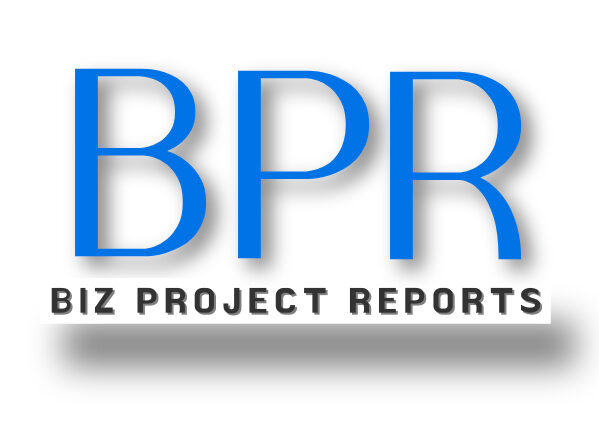1. Market Overview:
Aerated concrete solutions encompass a range of building materials and construction techniques that utilize aerated or foamed concrete. This market addresses the growing demand for sustainable and energy-efficient construction materials, as well as the need for lightweight and durable building solutions.
2. Market Segmentation:
The market for aerated concrete solutions can be segmented based on various factors:
2.1 Types of Products:
AAC Blocks: Autoclaved Aerated Concrete blocks for walls and partitions.
AAC Panels: Large aerated concrete panels for faster construction.
AAC Roofing: Lightweight and insulated roofing solutions.
AAC Insulation: Thermal and sound insulation using aerated concrete.
AAC Flooring: Flooring systems incorporating aerated concrete.
2.2 Building Applications:
Residential: Aerated concrete for homes and housing projects.
Commercial: Sustainable building solutions for offices and retail spaces.
Industrial: Industrial facilities with aerated concrete construction.
Infrastructure: Aerated concrete in bridges, tunnels, and pipelines.
Renewable Energy: Wind turbine foundations and solar structures.
2.3 Construction Techniques:
Precast: Prefabricated aerated concrete elements for quick assembly.
Cast-in-Place: On-site casting of aerated concrete.
Reinforced: Aerated concrete combined with reinforcement for added strength.
Masonry: Aerated concrete blocks for masonry construction.
Panelized Systems: Modular systems using aerated concrete panels.
3. Regional Analysis:
Different regions have varying construction practices, climate conditions, and sustainability goals, influencing the adoption of aerated concrete solutions.
4. Market Drivers:
4.1 Sustainability:
The increasing demand for eco-friendly and recyclable building materials.
4.2 Energy Efficiency:
The need for well-insulated and energy-efficient structures.
4.3 Lightweight Construction:
The desire for lightweight and durable building solutions.
5. Market Challenges:
5.1 Awareness:
Educating builders and architects about aerated concrete benefits.
5.2 Initial Costs:
Managing the upfront expenses of aerated concrete construction.
6. Opportunities:
6.1 Green Building Certification:
Promoting aerated concrete for achieving green building certifications.
6.2 Industrial Applications:
Expanding into industrial and infrastructure projects.
6.3 Research and Development:
Investing in R&D for advanced aerated concrete formulations.
7. Future Outlook:
The future of aerated concrete solutions is promising, with a growing emphasis on sustainability, energy efficiency, and cost-effective construction. Innovations in green building certification, industrial applications, and research and development are expected to drive the industry’s growth in the coming years.
Conclusion:
Aerated concrete solutions offer a sustainable, energy-efficient, and lightweight alternative to traditional construction materials. While facing challenges related to awareness and initial costs, the industry continues to evolve. By promoting sustainability, expanding into industrial applications, and investing in research and development, the aerated concrete solutions industry is well-poised to meet the evolving demands of builders, architects, developers, and governments worldwide seeking eco-friendly, energy-efficient, and cost-effective building solutions that prioritize sustainability and efficiency in construction practices.
